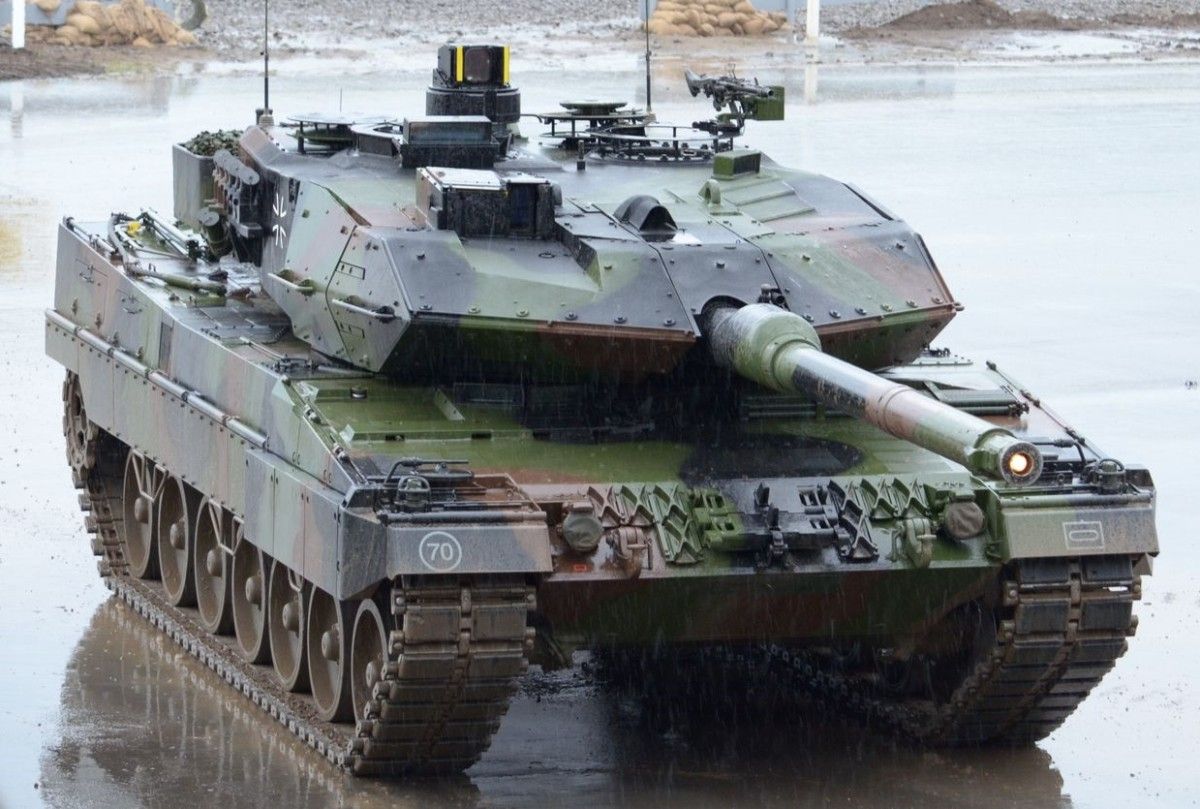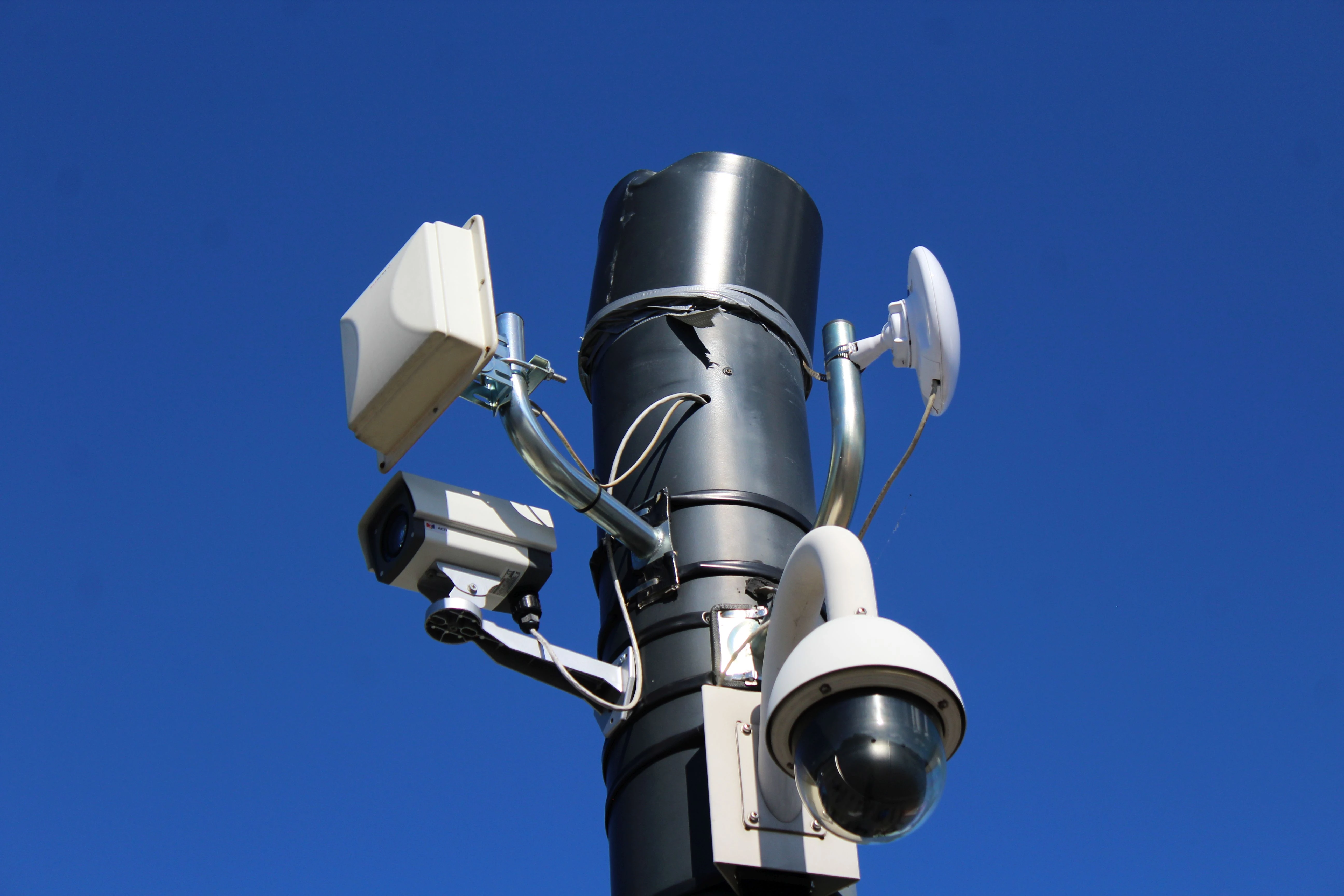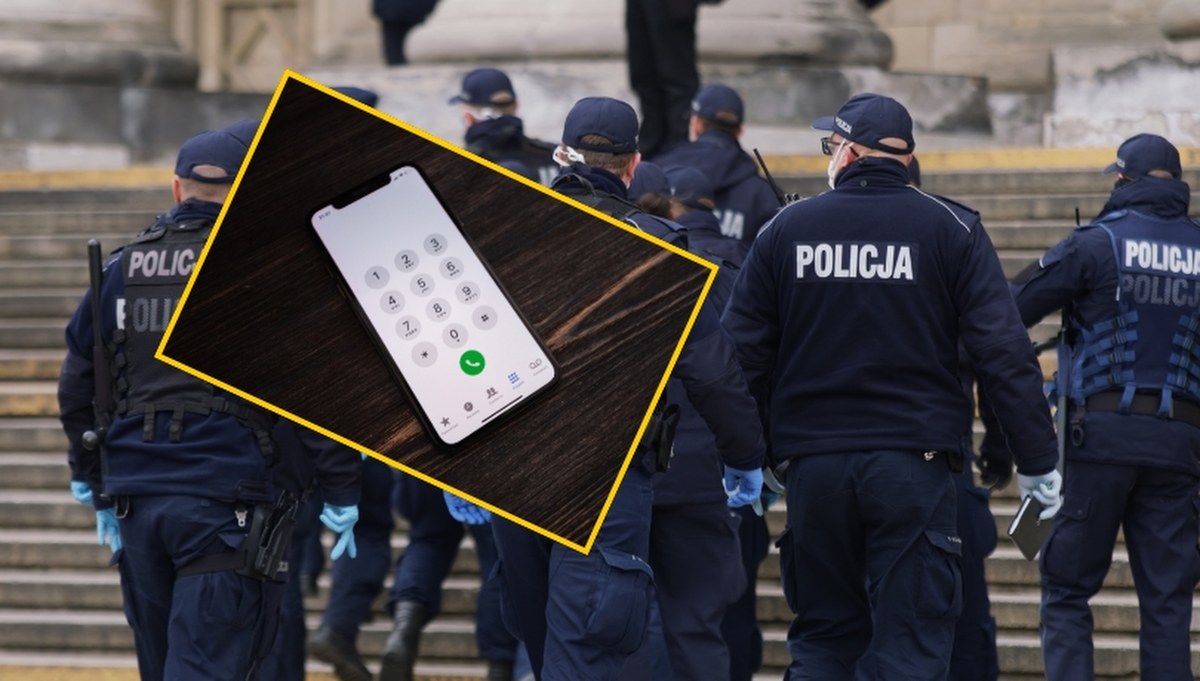Shooting stars will light up UK skies as the annual Perseid meteor shower reaches its dazzling peak on Tuesday night. The celestial spectacle occurs when Earth slams into debris from the Swift-Tuttle comet that also orbits the Sun.
Tiny specks as small as grains of dust or rice flare up under atmospheric pressure to create the shooting star effect, according to Royal Observatory Greenwich astronomer Dr Ed Bloomer. Around 150 meteors will cross the sky per hour, though horizon limitations mean fewer will be visible to observers.
An estimated 100 meteors could be seen per hour in particularly flat and dark locations. The meteor shower has been running for several weeks and will continue until around 24th August, giving stargazers multiple opportunities to witness the display.
Optimal viewing conditions
Dr Ed Bloomer emphasised the importance of dark adaptation, explaining that "we have lots of chances to see this" but "you have to let your eyes adjust to the dark". He recommended waiting half an hour for eyes to adjust and advised: "Take a camping chair or something - if you had one, you would just sit down, and you would just relax, and you would just wait."
Light pollution significantly impacts visibility, with the astronomer stressing: "You want to get away from city lights, you want to get away from street lamps." For garden observers, he added practical advice: "If you're looking out from your garden - it sounds obvious - but switch the kitchen light off, give yourself time to just put the phone away."
Expert viewing tips
Those struggling to spot meteors should use peripheral vision, which is "a little bit better with low light conditions", according to Dr Bloomer. Summer viewing requires patience, as observers must wait until relatively late for sufficient darkness to see the celestial show.
The Perseid stands out among meteor showers for its reliability, with Dr Bloomer describing it as: "For us, it's kind of one of the best (meteor showers), it's kind of reliable, it's long lived, it's quite dense… it's pretty active." He noted that beginners should find success, explaining: "You don't need to really be in a very specific location, the hourly rate is fairly high, so I think even beginners will be I think satisfied having seen them."
Weather and geographic factors
Weather conditions are largely clear, though the almost-full waning moon could reduce Perseid visibility early in the week. The meteor shower appears in the north-east as the sun sets, with better visibility for northern observers.
Location significantly affects viewing quality, with Dr Bloomer noting: "However, it's not available to everybody, because the further south you go… Perseid is lower and lower on the horizon." He explained that while "The primary interest is for Northern Hemisphere observers - Perseid is pretty low for us here in the UK, but it is above the horizon… in fact, it's above the horizon all day, but the problem is, of course, during the day, nothing's going to be visible."
Despite northern advantages, darkness remains crucial, with the astronomer emphasising: "the dominant thing is going to be, can you get yourself in a dark location". He illustrated this point: "Getting into the middle of a field in the south east of England, in London, is going to be better than being in the middle of Aberdeen."
Meteor types and duration
Shooting stars typically last only one to two seconds and sometimes appear in clusters. Rarer meteors the size of a fist or basketball create longer tails and are known as fireballs, lasting five to 10 seconds, though Dr Bloomer has only witnessed one personally.
The rarest type, bolides, represent extreme events that he described as "that's a sort of national emergency type thing". These spectacular displays offer multiple viewing opportunities through late August for patient stargazers willing to find dark locations.
Sources used: "PA Media" Note: This article has been edited with the help of Artificial Intelligence.











